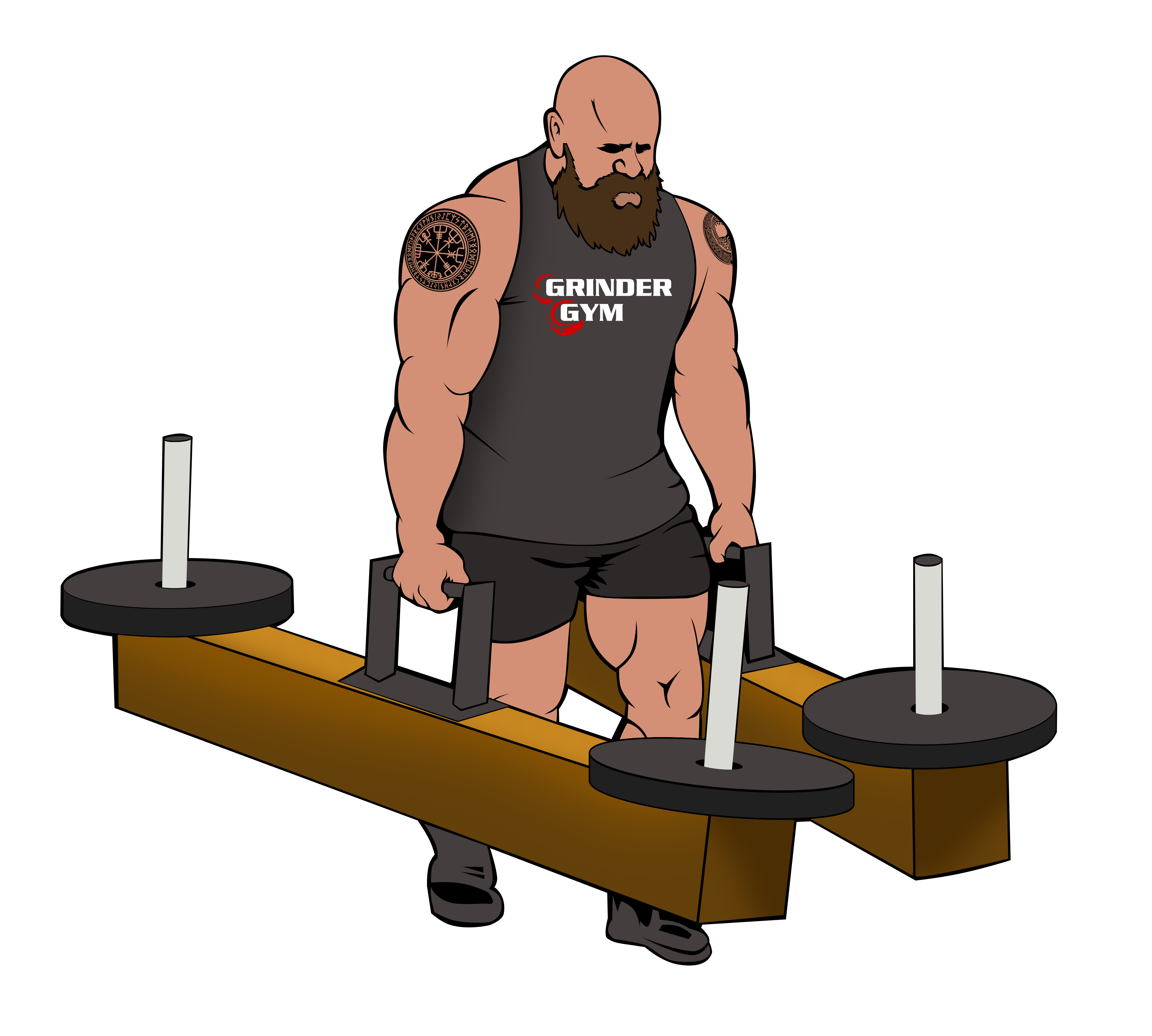Melanin is a pigment that is responsible for the color of our skin, hair, and eyes. It is produced by cells called melanocytes, which are found in the skin, hair follicles, and retina of the eye. Melanin plays an important role in protecting the skin from the harmful effects of the sun’s ultraviolet (UV) rays, […]
Blog
Foods and Supplements That Lower LDL Cholesterol (Bad Cholesterol)
Exercise daily and eat healthily! Only what type of foods and possibly supplements can be taken to target “bad” cholesterol, LDL-low density lipoproteins? For starters to lower LDL Cholesterol levels it’s important to have a diet that includes a variety of foods that provide soluble fiber. Here are many of the foods that contain a […]
Food & Supplements That May Increase Melanin Production Part 1
Why would you want to increase melanin? Well, research has found that melanin may help protect the skin from dangerous cancer-causing UV rays. By increasing melanin, you may potentially block processes in the body that lead to skin cancer. How great would it be if we could consume specific foods and supplements that can increase […]
Foods and Supplements for Liver Support
First, it’s important to note that no food or supplement alone is known to reverse existing liver damage, and it will not cure infection from the hepatitis B or hepatitis C virus. The following foods and supplements have been shown to support liver function: Foods: Blueberries, raspberries, and cranberries. Bananas. Avocado. Barley. Beets and beet […]
8 Ways to Recognize Overtraining
Overtraining is a common problem faced by athletes and exercise enthusiasts. It occurs when an individual trains too hard, too frequently, or for too long without sufficient rest and recovery. This can lead to physical and mental fatigue, decreased performance, and an increased risk of injury. Here are some signs and symptoms to watch out […]
Powerlifting
Powerlifting is a strength sport that involves three main lifts: the squat, bench press, and deadlift. It is a popular choice for those looking to increase their overall strength, build muscle mass, and improve their athletic performance. If you are new to powerlifting and want to get started, this beginner’s guide will provide you with […]
Paleo Diet Review
Introduction The Paleo Diet, also known as the Stone Age Diet or the Caveman Diet, was first popularized in the 1970s. It is based on the book The Paleo Diet written by Loren Cordain Ph.D. who argues that we need to eat wholesome, contemporary foods from food groups that our ancestors during the Paleolithic era […]
10 Tips to Beating The Cold and Running Faster & Further by Spring
The leaves are falling. Daylight’s in short supply, and the chill in the air has most runners thinking of hibernating. While you might need to trade in your running shorts and tank tops for wool wicks, tights, and jackets, the colder weather shouldn’t keep you from doing what you love. Feeling as if you are […]
The Essentials of Hiring a Personal Trainer
Hiring a personal trainer is often a step in the right direction if you want to lose weight or get healthy. A good trainer can put you on the path to success, keep your feet to the fire so to speak, and definitely help make meeting your fitness goals a little easier. However, finding and […]
Three Concerns When Hiring a Trainer
Not all personal trainers are created equal. That’s why it is so important that you do your due diligence before signing up with a personal trainer. Don’t hesitate to ask as many questions as you need to in order to feel comfortable. If the trainer refuses to answer, or you don’t like what you’re hearing, […]
